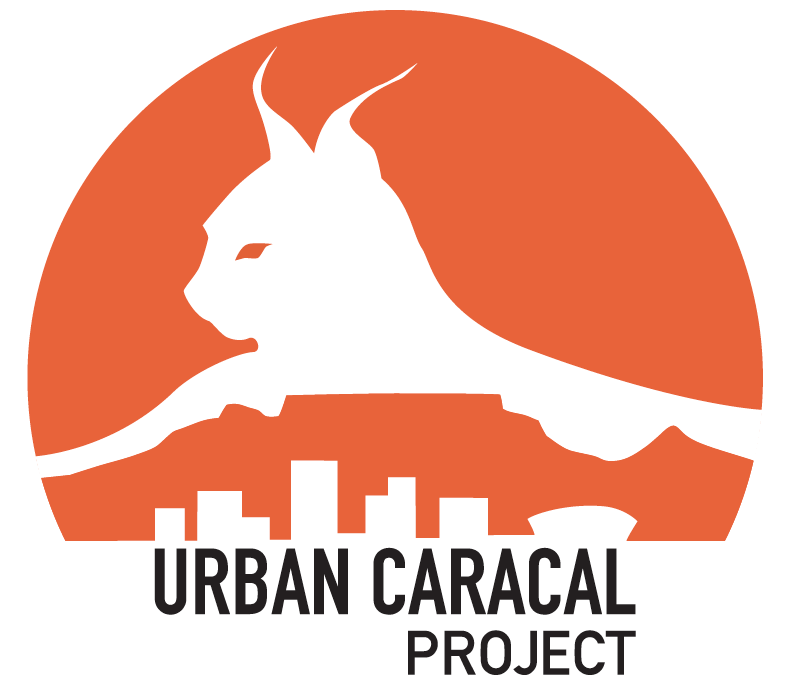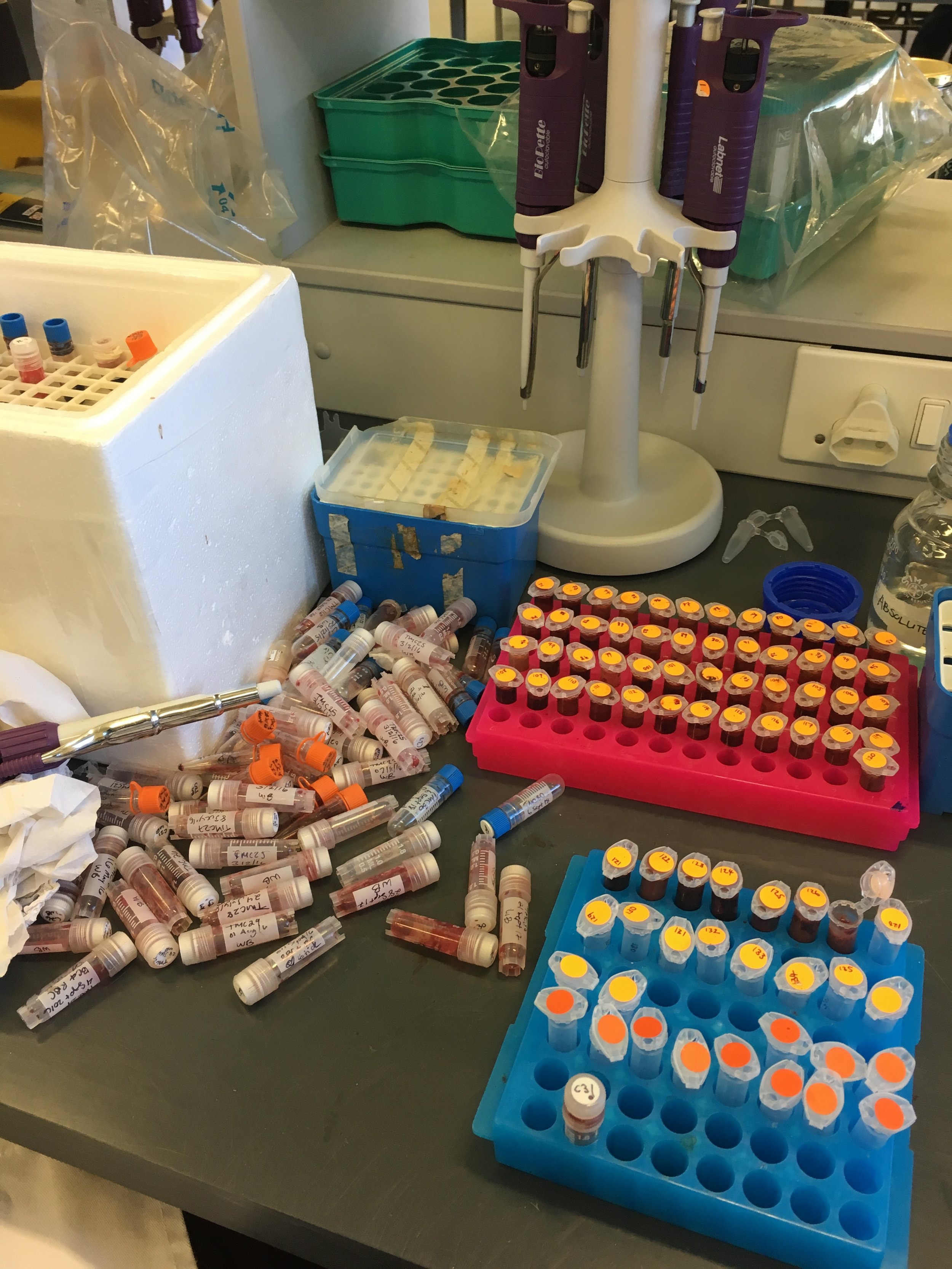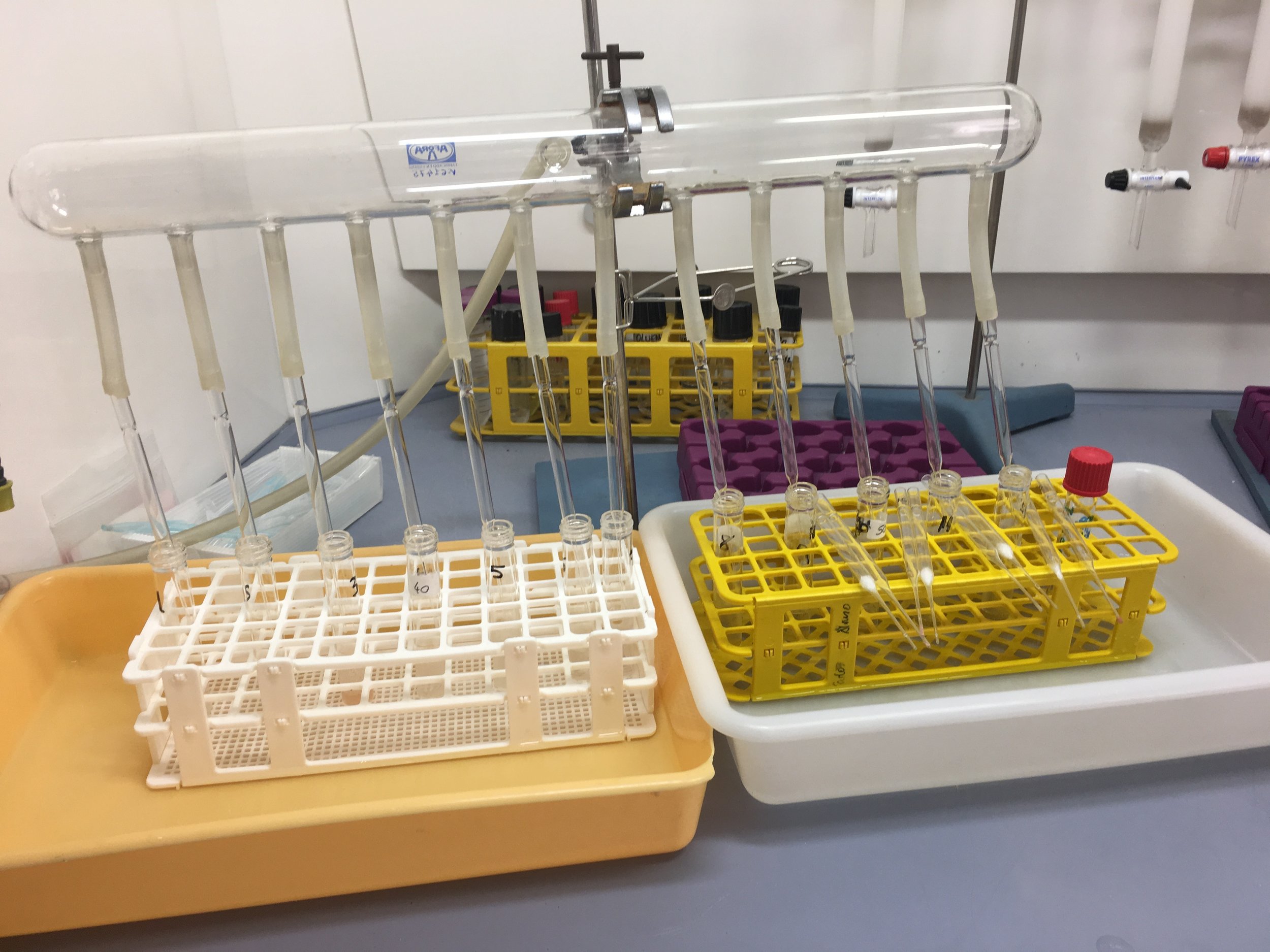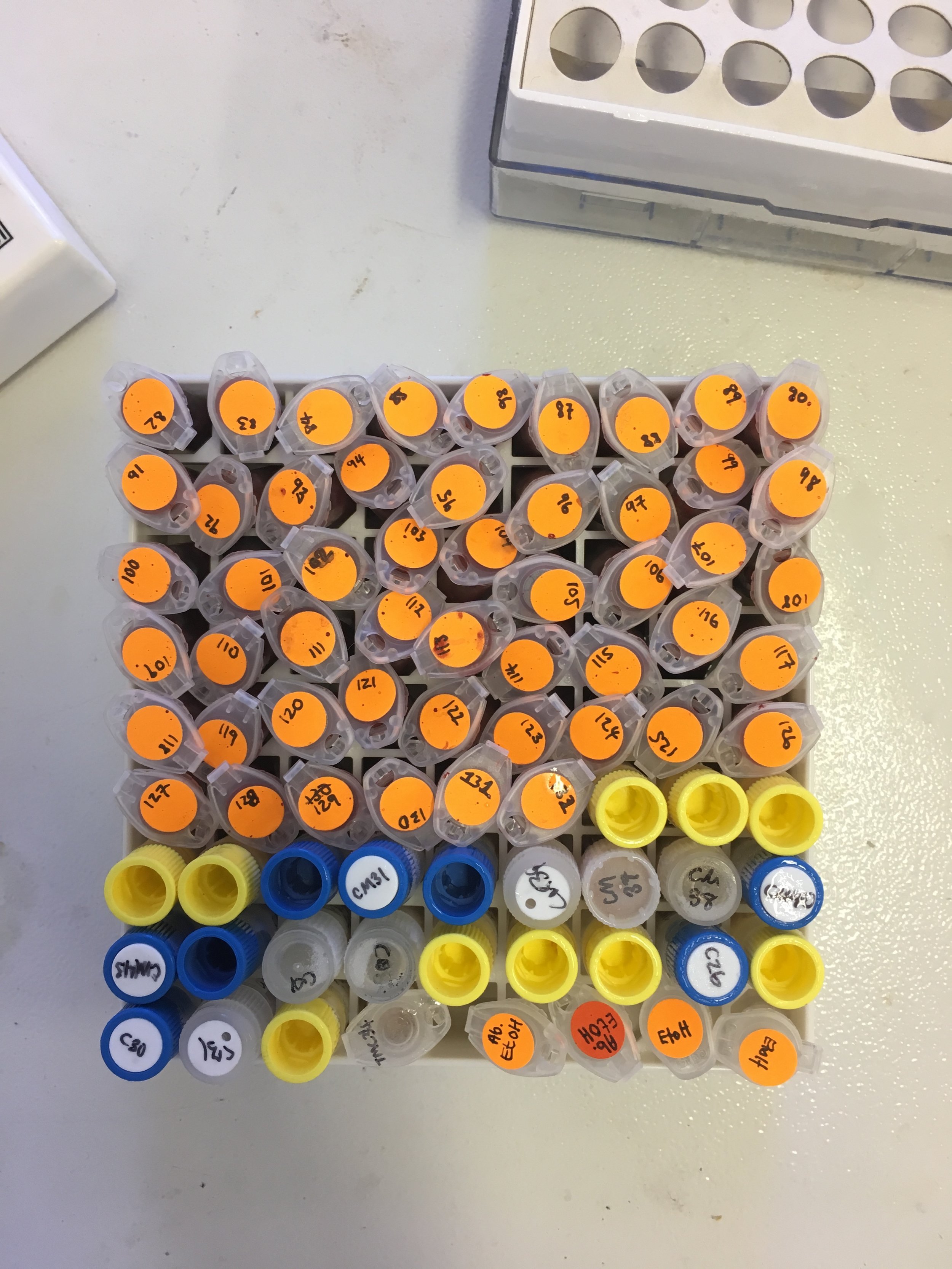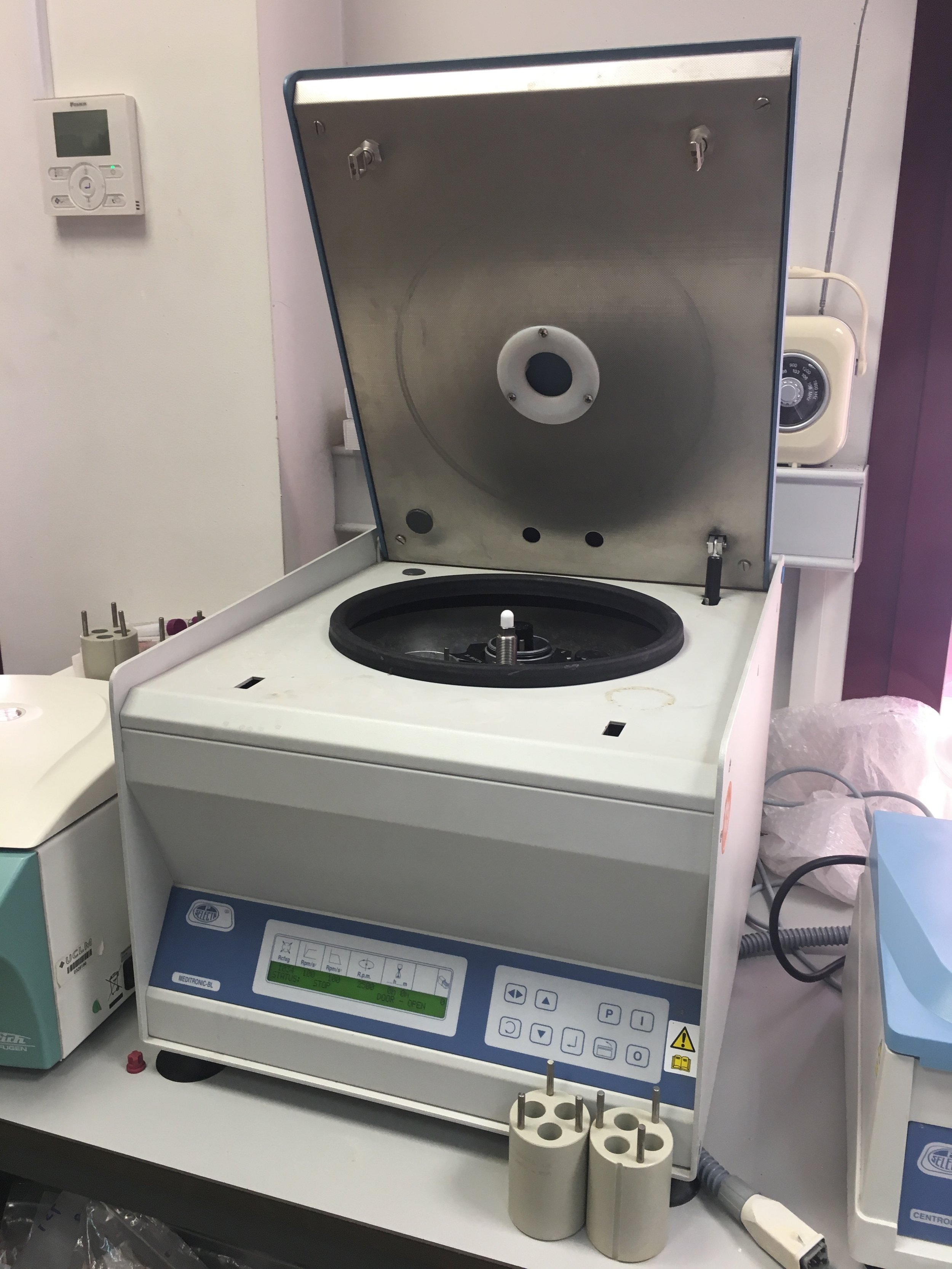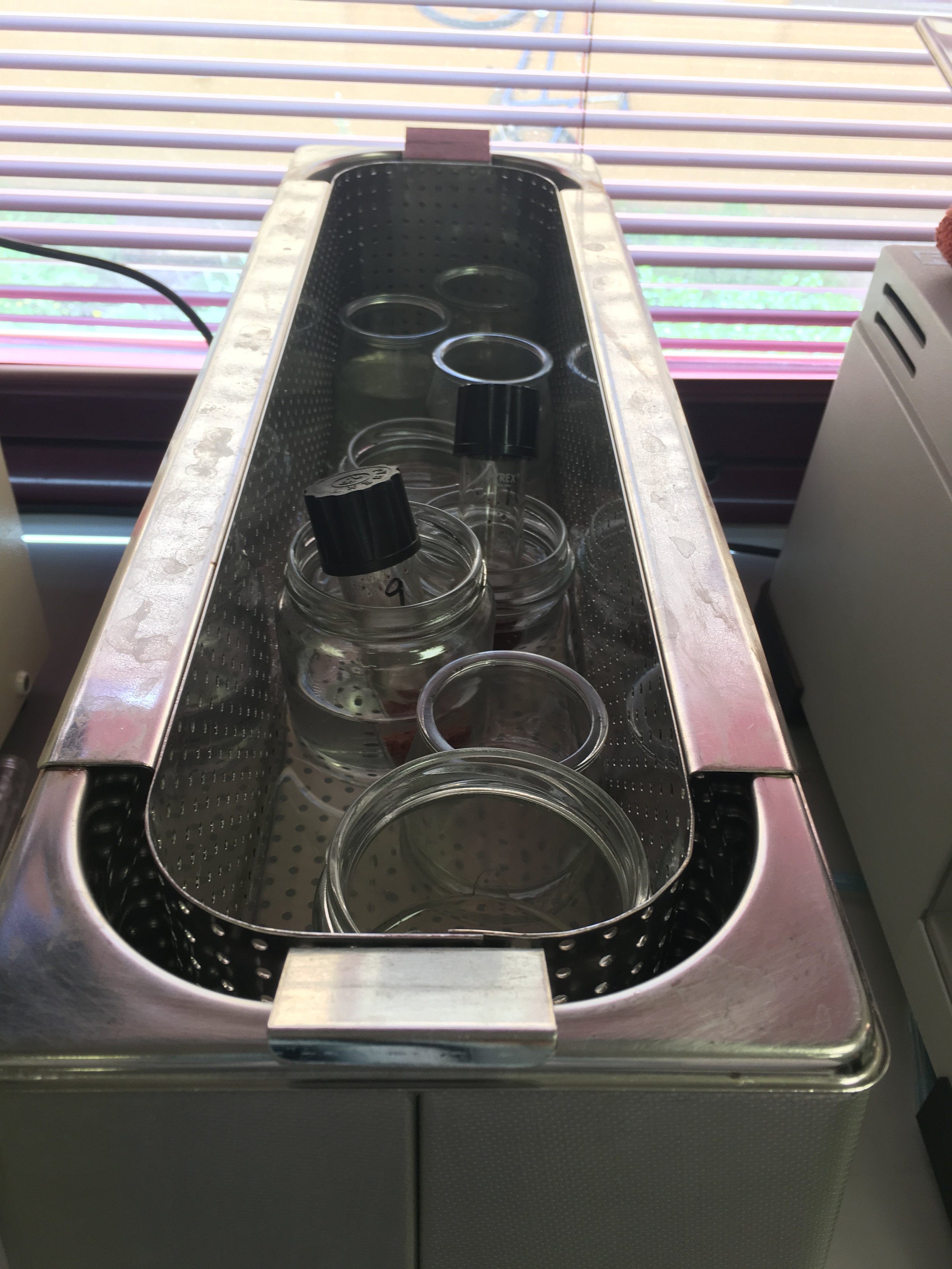Urban Caracal Project goes to Spain!
Last year my supervisors and I worked hard on securing funding to get my samples tested for exposure to environmental pollutants. In June 2018 we were delighted to hear we got it! The Table Mountain Fund granted us the full funding for the testing… However, I still needed to arrange my own personal funding in order for me to go over to the lab and assist in the analysis and learn the methods (as well as meet the ecotoxicology experts from the EU). In April 2019 I was hugely relieved and excited when I got funding from the University of Cape Town, which would allow me to take part in an international collaboration at an institution in Spain which specialises in this kind of analysis.
I eagerly booked my flights and there was a lot of frantic preparation, as I had to organise permits from both the South African and Spanish sides in order to get the samples there. There are a fair few regulations around moving animal samples (mine were mostly blood and some fat samples) between countries. We needed a CITES export permit from CapeNature (caracal are an Appendix II species) in addition to an import permit from the Spanish Ministry of Agriculture. We struggled a little to get information about how to store the samples for transport, which led to some last-minute late nights putting samples into new tubes and making sure I had the right volumes of blood for analysis and had used the correct pathogen inactivation method. Before I left I also had to get the samples endorsed by CapeNature, which involved a physical inspection.
After some delays, the samples are now in Amsterdam! I have already been in Ciudad Real, Spain for a week. The week before I attended an EU workshop in Madrid on rodenticides in raptors which I found very informative and interesting. I got to meet many respected researchers working on toxicology around Europe and learnt a lot not only about pesticide testing but also the decision-making process for large-scale, international projects. Since then, I’ve been settling in at the Instituto de Investigación de Recursos Cinegeticos (IREC) and, with the help of very experienced lab technicians, I have been deciding which compound extraction method to use when my samples do get here.
There are several methods of sample preparation, specifically in the extract clean-up stage. I am particularly interested in testing for persistent organic pollutants (POPs), including PCBs and DDT/DDE. We have tried three methods of clean-up: using sulphuric acid with a sodium sulphate filter, or with a aluminium nitride filter, or using Florisil (synthetic magnesium silicate) with a sodium sulphate filter. This has also given me an opportunity to familiarise myself with the lab equipment and methods before we start on my samples. So far, it’s been a huge learning curve, and one of the biggest challenges is my lack of Spanish! With a bit of effort and hand-waving from both sides I am managing to understand most things, however, and I’m hoping to learn some of the language while I’m here. I’ll find out the results from the clean-up tests once the practice samples we used have been analysed by Gas Chromatography – Electron Capture Detector (GC-ECD). Now just to wait for my samples to arrive!
